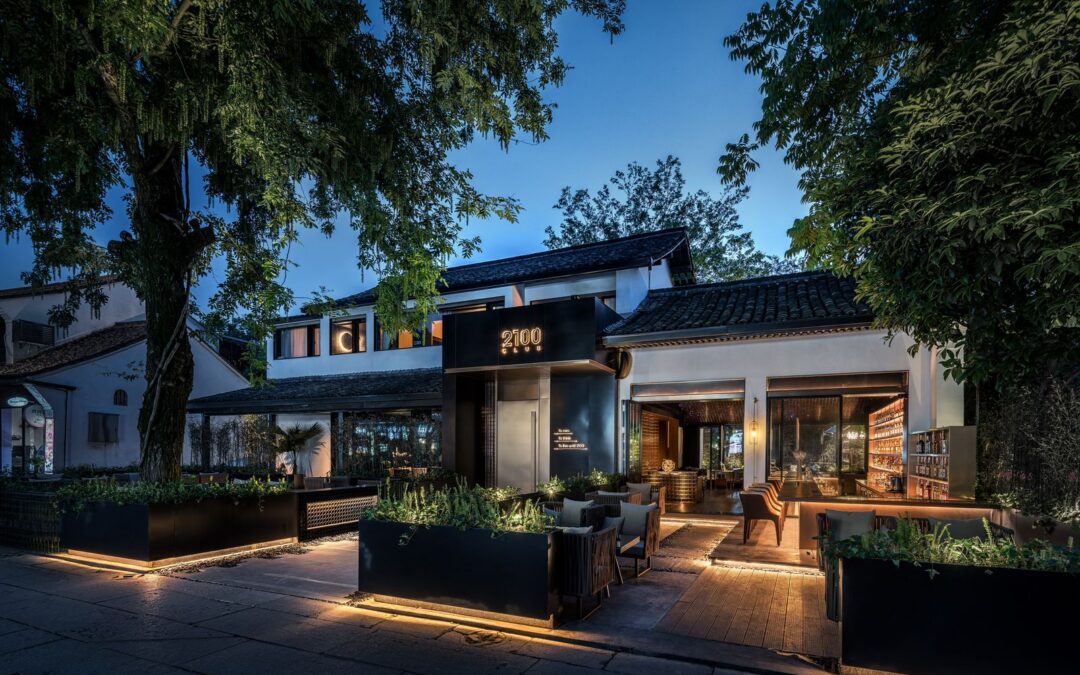Election years often bring uncertainty, which can impact consumer confidence and spending on high-end goods. As we approach the 2024 presidential election, understanding trends in the luxury market can help brands and retailers navigate any instability. You want to examine key market segments and demographics driving luxury spending to strategize appropriately during the election cycle.
Luxury spending tends to fluctuate during election years. When consumer confidence wavers, it directly affects markets serving affluent demographics. As trends suggest, the US luxury market remains strong heading into the 2024 election. However, it is important to watch factors like economic conditions, stock performance, and consumer sentiment across high-end segments. You’ll want to understand current dynamics and predict how policy changes could continue growing the over $75 billion domestic luxury goods industry.
I. Uncertainty Around Elections Can Impact Luxury Spending
Election cycles often introduce uncertainty, making consumers tentative about spending. This impacts confidence indices and sales of high-end goods. For example, the consumer confidence index among US affluent luxury buyers dropped from 64.2 in June to 55.6 in October 2023. The index measuring future luxury spending declined from 58.3 to 49.7 points in this period.
As the 2024 election approaches, luxury retailers need strategies to retain and engage affluent customers if indices slip further. Maintaining strong branding and customer service will be key. You may also highlight domestic manufacturing and corporate social responsibility to align with buyers’ values around American jobs and ethical consumerism.
II. Factors Influencing the Current Luxury Market
Underlying economic factors like employment, income growth, and wealth effects significantly influence luxury spending. Stock market performance also impacts sentiment among affluent buyers. Real estate trends related to home sales and prices can likewise drive or limit big-ticket purchases.
Younger demographics like Millennial HENRYs (high earners not rich yet) also increasingly drive the luxury market. These buyers are projected to account for 55% of luxury sales by 2025. Thus shifting codes of luxury towards “experiential prestige” suiting Millennial tastes will also allow brands to capture changing luxury demand.
III. Market Trends Heading Into the 2024 Election
The US luxury market has experienced stellar growth in recent years. Personal luxury sales hit $415.45 billion globally in 2022, with 32% of sales occurring in the US. This market is expected to reach over $500 billion by 2027 as younger and more diverse consumers enter the high-end segment.
While election cycles introduce uncertainty, current projections suggest the US luxury market’s strong momentum will continue building towards 2024. For instance, e-commerce drove much of luxury’s success in recent years, cushioning against in-store volatility. Continued digital integration will help enable this trend through the election cycle.
IV. Key Luxury Interior Design Market Segments
Within luxury interior design and home furnishings, some of the fastest-growing and recession-resilient segments include:
Furniture: Handcrafted, bespoke case goods and upholstery continue driving the high-end furniture segment. Spending on outdoor furniture also keeps gaining traction as consumers invest in luxury amenities for indoor-outdoor living.
Lighting/Accessories: Statement light fixtures and high-end accents like sculptures or collectible decorative items remain strong. Smart lighting integrating automation for ambient adjustment helps this category stand out.
Fabrics/Textiles: Custom textiles, wallcoverings, drapes, and upholstery fabrics made of natural fibres or performance materials are popular in luxury interiors.
Appliances/Electronics: High-end appliances like professional-grade ranges, refrigerators, and dishwashers are resilient big-ticket items, especially as consumers continue nesting amid hybrid work arrangements.
V. Predictions and Analysis for Market Segments
The US luxury market’s value is expected to grow at a 4% CAGR through 2025. High-end interior design categories should outpace this broader market. For instance, the online custom furniture and home furnishings segment predicts 9% US retail e-commerce sales growth from 2022-2025.
Likewise, the luxury lighting fixtures market anticipates a 6.5% CAGR globally through 2030. Contributing trends include smart automation adoption and the popularity of statement light pieces. High-performance and eco-conscious textiles present another outsized growth area. Luxury upholstery fabrics and textile wallcoverings combine bespoke artisanry with sustainability for differentiated appeal.
Conclusion
Election results may cause short-term luxury spending fluctuations. But indicators suggest economic and employment tailwinds plus shifting luxury attitudes will continue driving growth through 2024. US high-end interior design and home furnishings particularly promise outpaced gains versus general retail given nesting trends. Customization, statement pieces, automation/smart functionality, and eco-consciousness also define expanding luxury interior spaces. By aligning with these consumer behaviours using strategies like added holiday incentives, brand heritage marketing, and ethical messaging, luxury designers and retailers can build recession-resilient businesses prepared even for election-cycle uncertainty.
FAQS
Q1: How does election cycle uncertainty impact luxury interior design spending?
A: Election cycles can temporarily impact confidence and high-end spending, but luxury interior design is projected to outperform overall retail.
Q2: What is driving growth in luxury home furnishings?
A: Customization, smart functionality, sustainability, and statement pieces define expanding luxury interior spaces.
Q3: What strategies should luxury brands use during election years?
A: Incentives, heritage marketing, digital clienteling, and ethical messaging help counter election uncertainty.
https://unsplash.com/photos/lighted-house-beside-trees-kUdbEEMcRwE?utm_content=creditShareLink&utm_medium=referral&utm_source=unsplash


